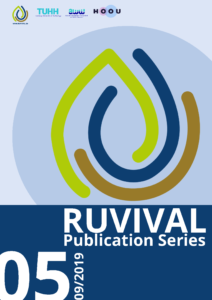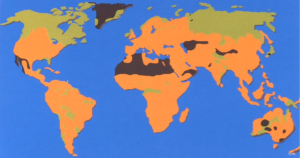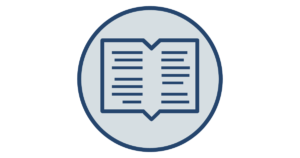This post is also available in: Español (Spanish) Français (French) Deutsch (German)
During the last few decades, technological innovations, economic development and hyper-globalisation, have made significant changes to the fundamental structure of the Earth. This includes the soil, which is one of the most important substances for living creatures. FAO defines soil degradation as the decline in soil health condition, as a result of which the capacity of ecosystems to provide goods and services for its beneficiaries is diminished.
The total amount of arable land decreased, mainly due to unsuitable land usage related to agricultural practices. The Third Agricultural Revolution and growing food demands have put critical stress on agricultural land resulting in serious soil degradation. As a result of modern agricultural practices, both chemical and physical degradation of soil occur. An interrelated factor contributing to the loss of arable land is erosion, which is a naturally occurring process, which can be promoted by human activities.
This paper reviews research conducted on the global soil situation and goes deeper into regional soil conditions. Geographically specific causes for soil loss are also given. Soil management and monitoring systems are recommended, however, it should be noted that each system needs to be adapted to its specific environment.
UPDATE: The updated version of this literature review is part of RUVIVAL Publication Series Volume 5. A working version of this paper was previously published and discussed online. It can be read here.
- An Introduction to the Global Soil Status (pp. 7 – 17)
- A Literature Review on Soil Erosion Quantification and Measurements (pp. 18 – 31)
- Traditional Ecological Knowledge (TEK): Rainwater Harvesting Methods – A Review (pp. 32 – 47)




